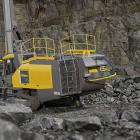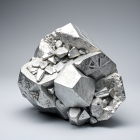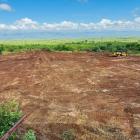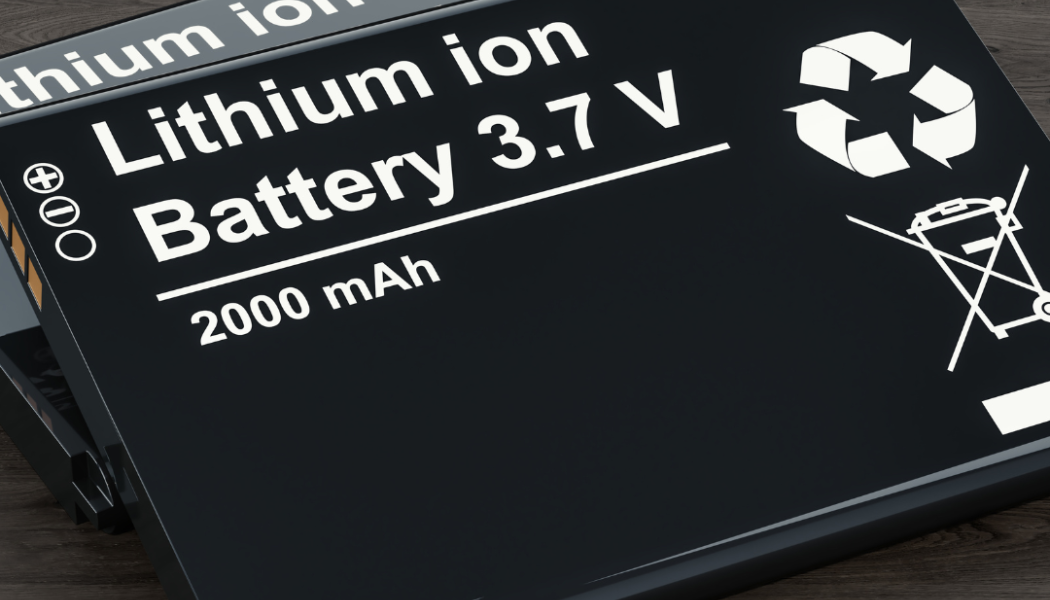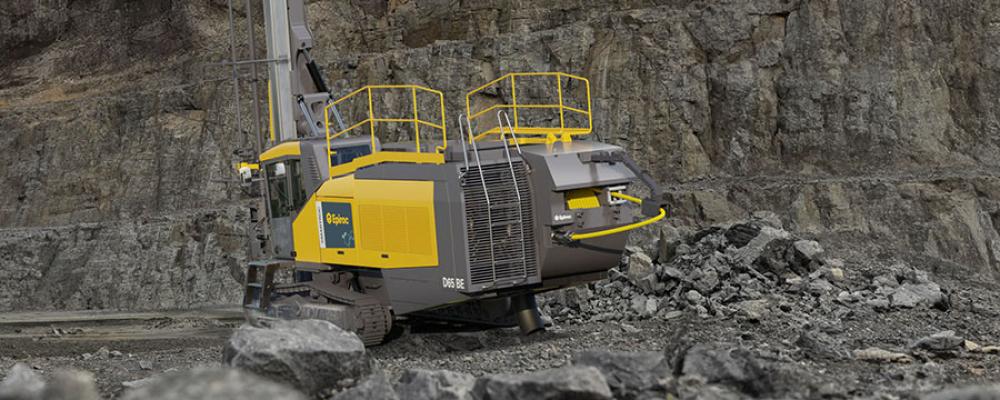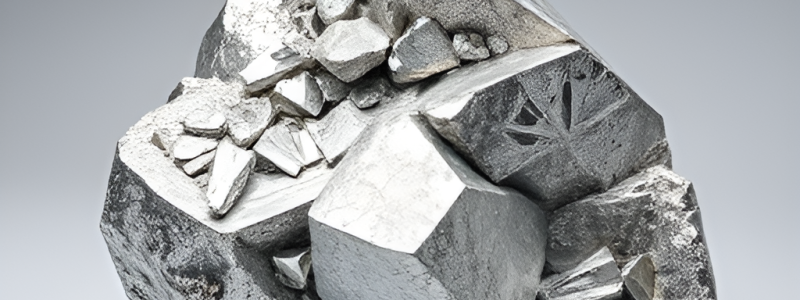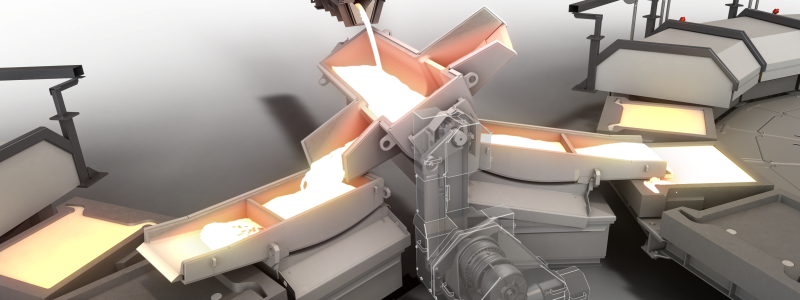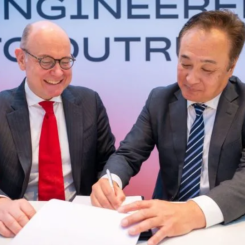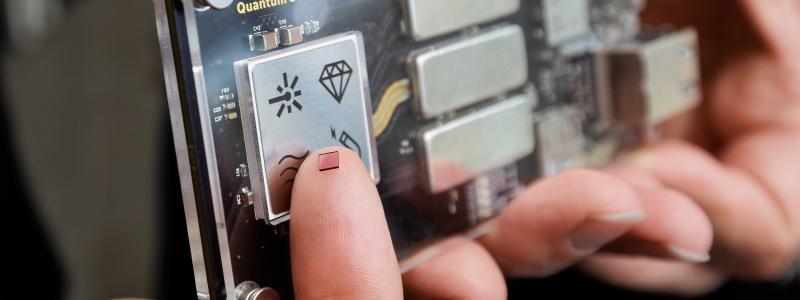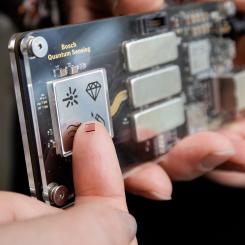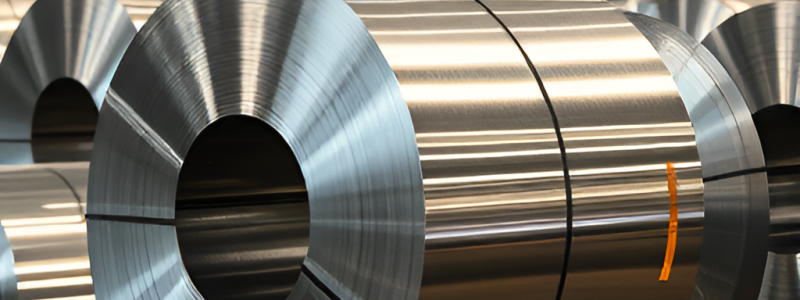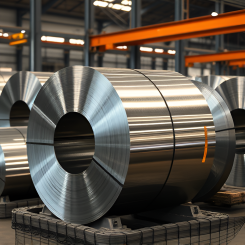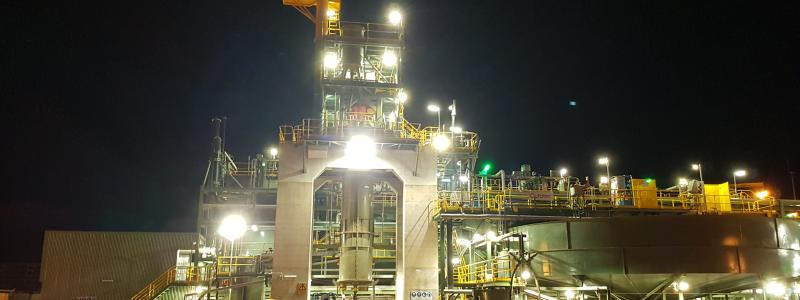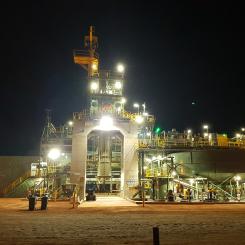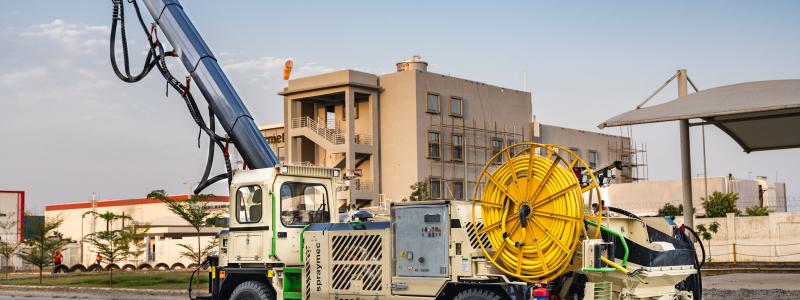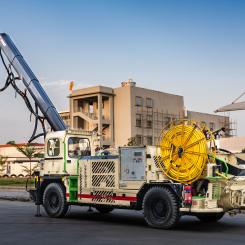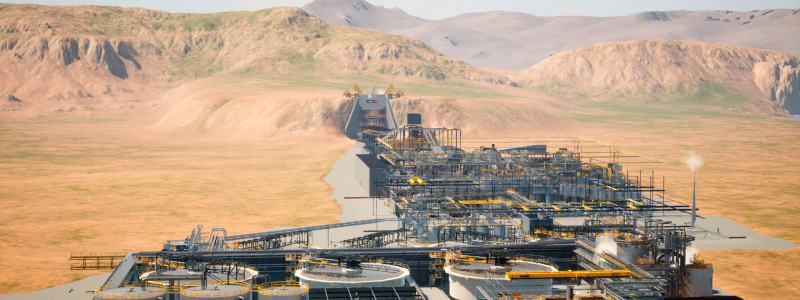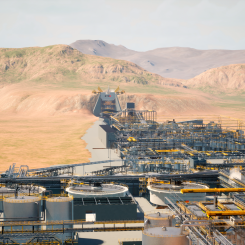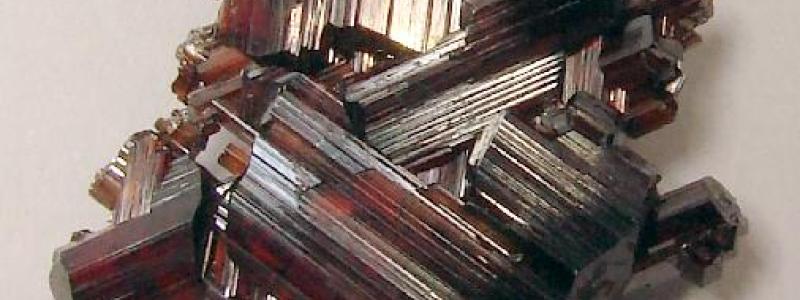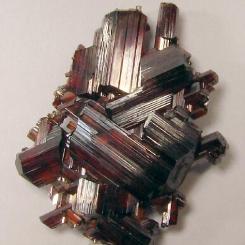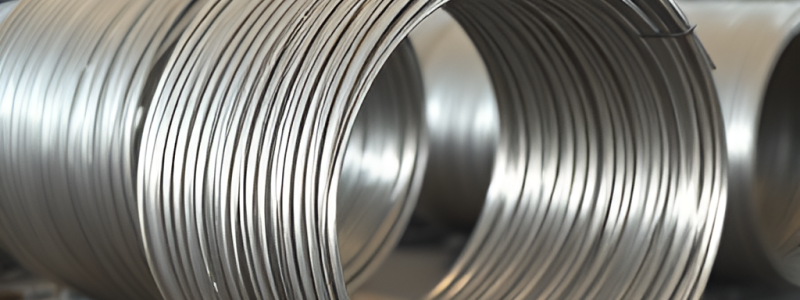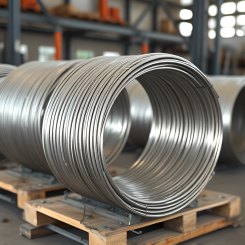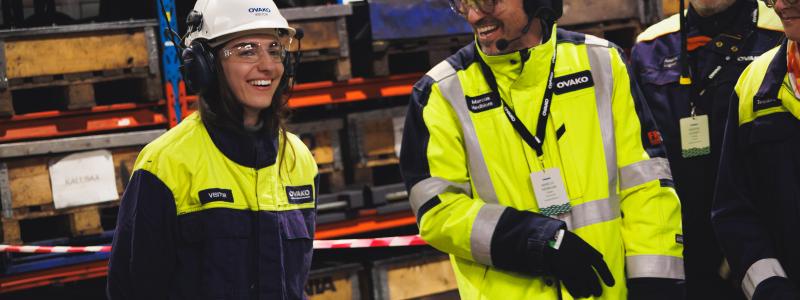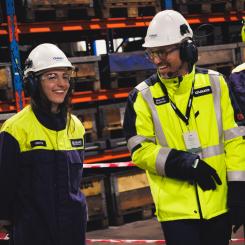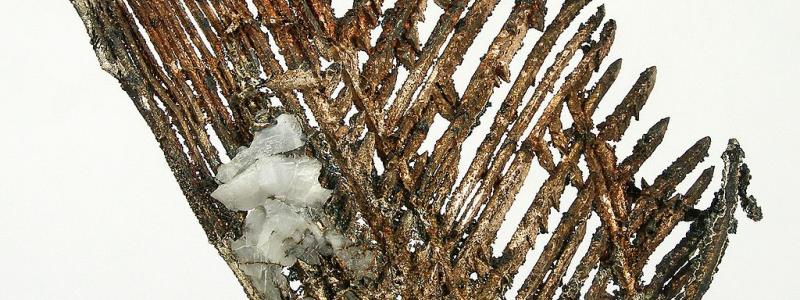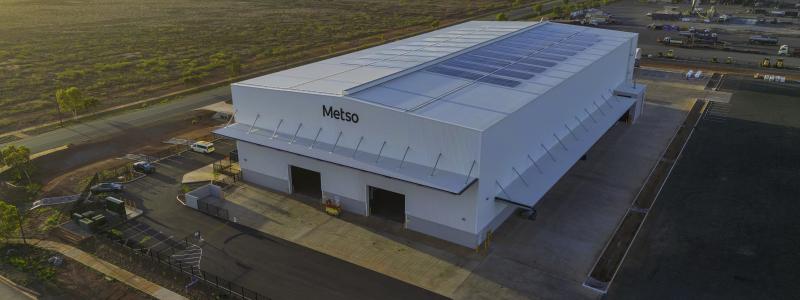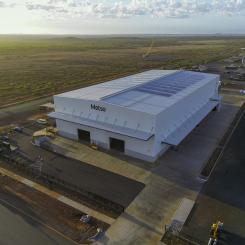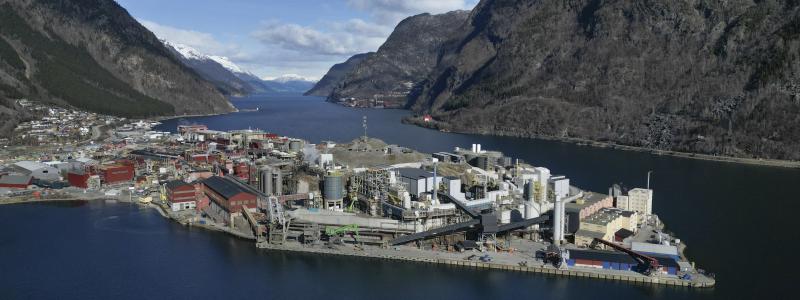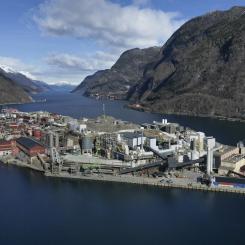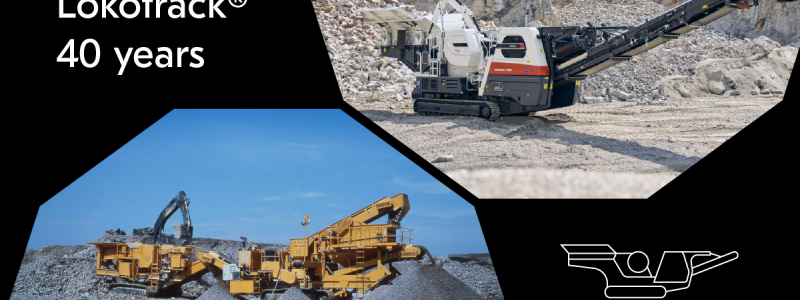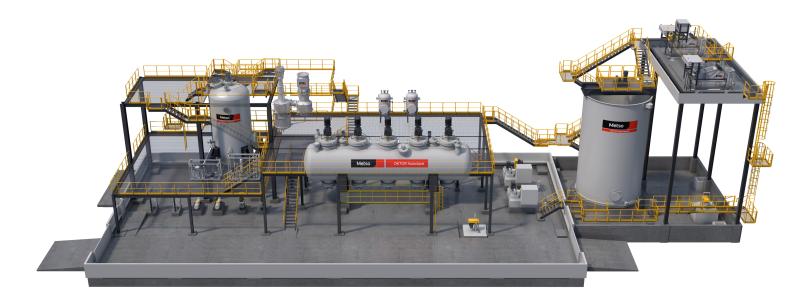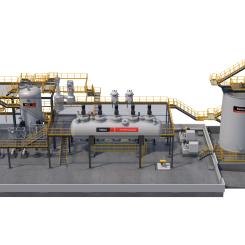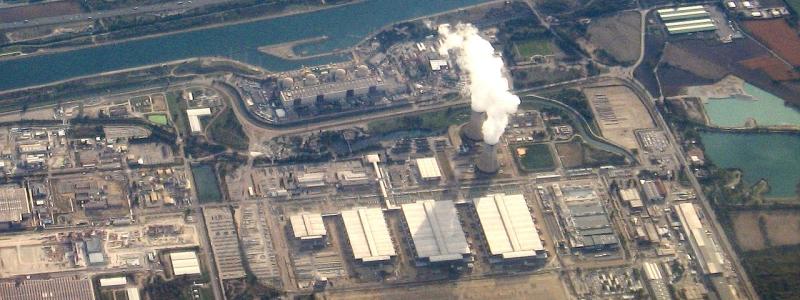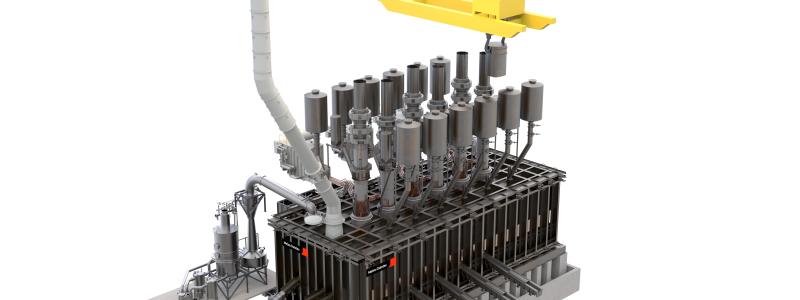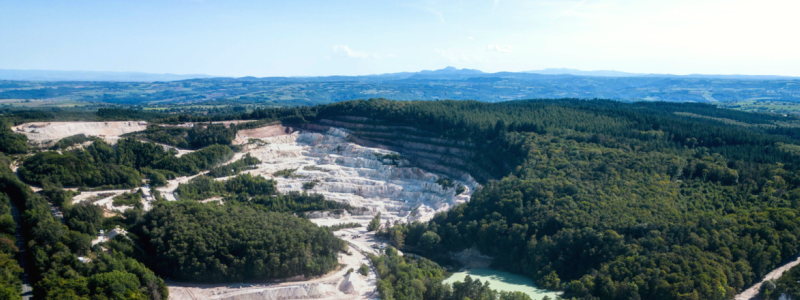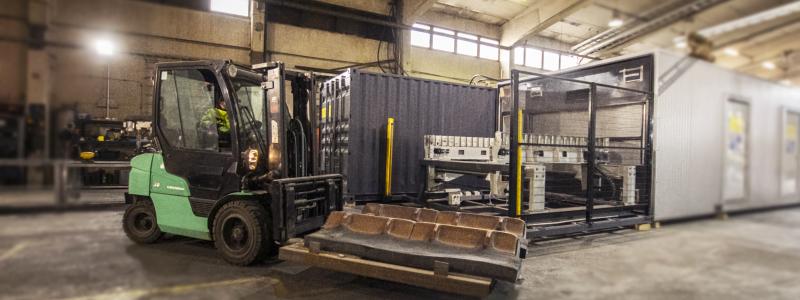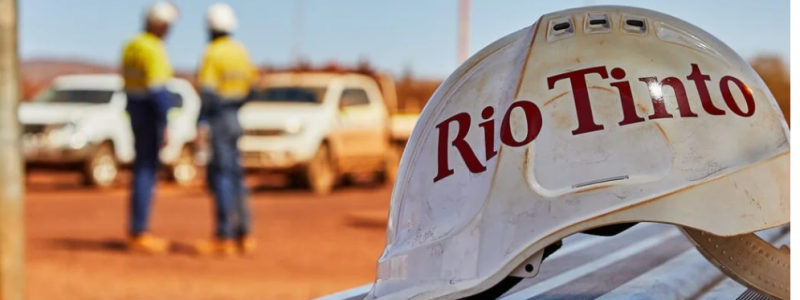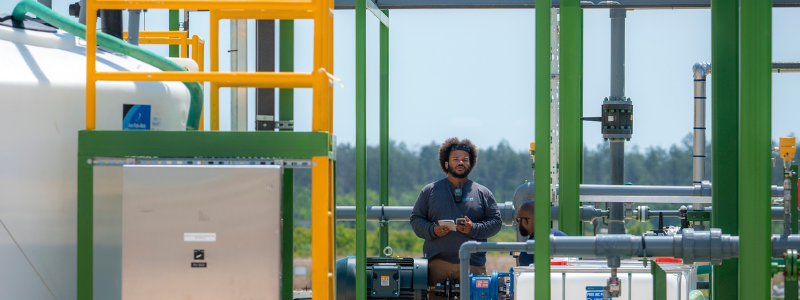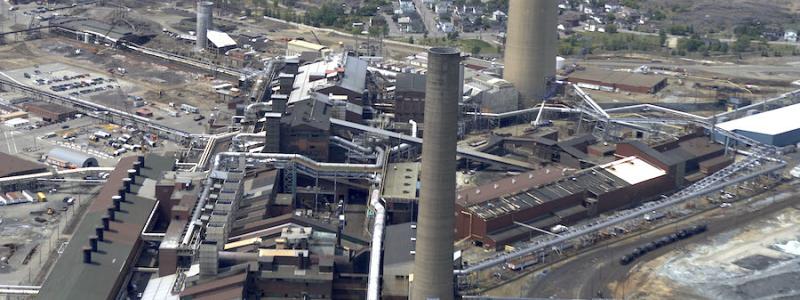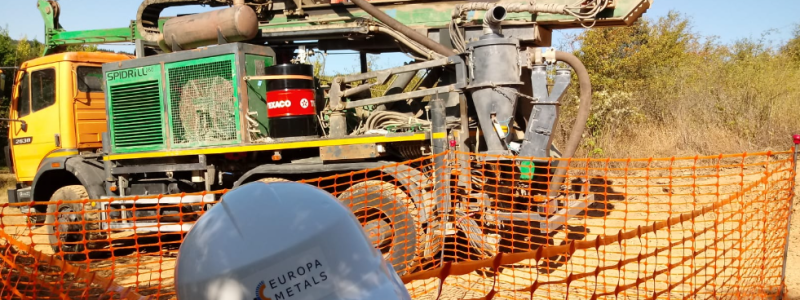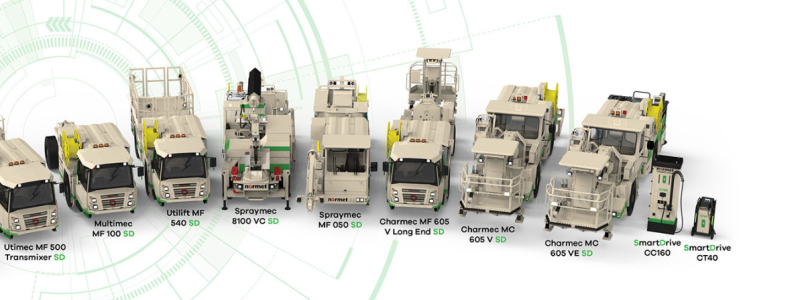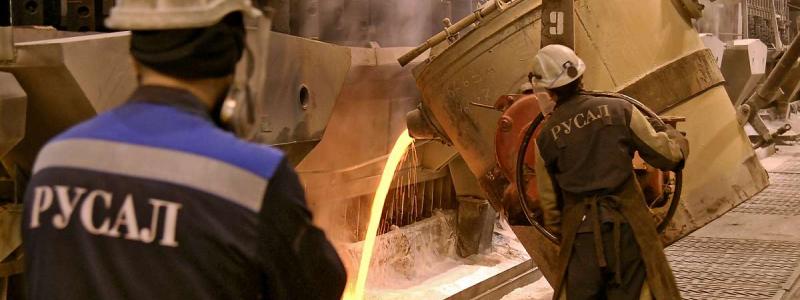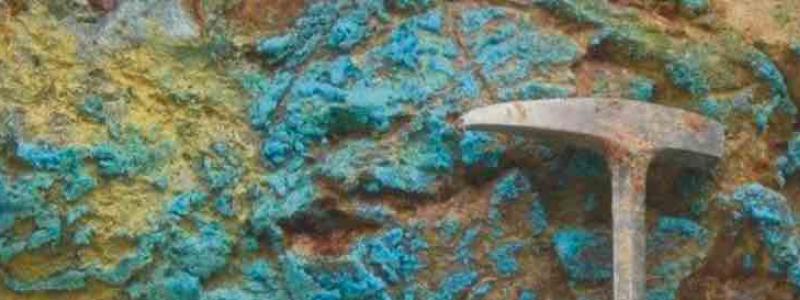As the global demand for lithium continues to surge, driven by the rise of electric vehicles and renewable energy technologies, the maintenance challenges faced by lithium mining operations have become increasingly critical. Belzona, a leader in industrial protective coatings, headquartered in Miami Lakes, Florida, is addressing these challenges head-on with its innovative polymeric solutions. Designed to combat corrosion, abrasion, and chemical damage, Belzona's coatings are playing a pivotal role in extending the life of critical mining equipment, supporting the industry's efforts to meet growing demands while promoting sustainability.
Polymeric Solutions for Maintenance Problems for Lithium Mining
Batteries are a highly sought-after product due to the ever-growing need for green electric appliances and devices. Phones, solar panels, and electric vehicles (EVs) all need batteries to operate, and this has led to an increase in the need for materials used to manufacture batteries. Lithium is one material whose need has increased tenfold. Some of the already large lithium mines in South America, Asia, and Australia have had to expand to meet the high demands of energy and tech companies.
Lithium-ion batteries play an important role in reducing climate change. EVs reduce the need for gasoline and diesel fuel. In addition, energy companies use lithium-ion batteries to store electricity generated from wind and solar farms to mitigate the use of energy generated from coal and natural gas. However, lithium mining does have its drawbacks. It is responsible for over 1.4 million US tons (1.3 million metric tons) of carbon annually. For every one US ton (0.9 metric ton) of mined lithium, 16.5 US tons (15 metric tons) of CO2 are released into the air (earth.org).
The Environmental Impact of Lithium Mining
Additionally, the lithium mining process is very intense in the surrounding environment. Part of the process involves extracting lithium from saltwater reserves. It risks polluting the local water sources, threatening humans and local animal and plant biodiversity. The batteries themselves can also be harmful to the environment. They can leech damaging chemicals and other byproducts into the environment when they are discarded. It can cause fires, water pollution, air pollution, and health problems. Despite the negatives, the current process is the most cost-effective way to obtain lithium; however, other materials are being researched to manufacture greener batteries (earth.org).

